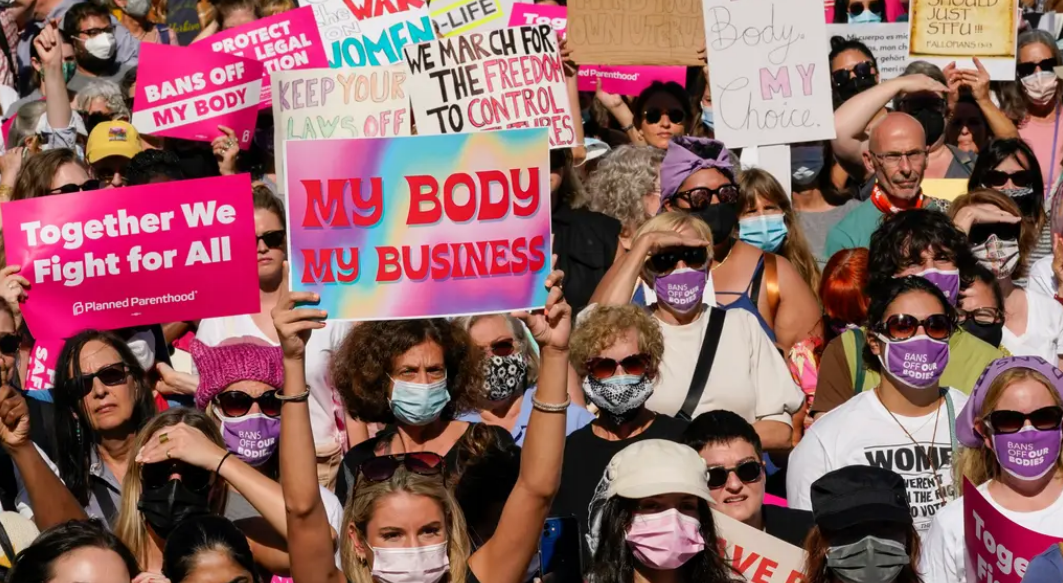
SINCE 1992 there have been over 350,000 pregnancy terminations in Scotland, the vast majority of which were within the 10-week gestation period.
Public Health Scotland has extensive data available from the 90s to 2020 which includes the age of the person seeking an abortion, the gestation time and the number of children the patient has already had – but it wasn’t always that simple.
After the Abortion Act was introduced, very little data was available to highlight the impact on women’s lives of the new laws. The Scottish Abortion Campaign spent two years trying to get a breakdown of the abortion data to discover if it was being implemented correctly between 1985 and 1987 and how many patients were refused treatment, but were unsuccessful.
The data that is available pre-1992 shows that numerous women were forced to move between health boards seeking services. In Aberdeen, a more liberal approach was taken in comparison to Glasgow, which had a stronger Catholic element and religious influence.
During her research on the subject, University of Strathclyde PHD student Kristin Hay said it was clear that in the past women were forced to travel to other areas of Scotland, and some down south in order to access services, which in some cases they had to pay privately for.
She told the Sunday National: “You find in places like Glasgow where there’s like a distinctively hostile environment towards abortion, that there is just no abortion services available on the NHS, doctors obviously have the conscience clause and nurses do as well, and that’s frequently employed in Scotland. And you just see this kind of real difficulty of women accessing which leads them to travel.”
It unfortunately means that pre-1992 the data doesn’t give a full picture of those Scottish women who went elsewhere to access a termination, but there are trends which are interlinked.
The Glasgow Women’s Library has hard copies of abortion data from 1970-1981 from the former Information Services Division (ISD) of the NHS, and it shows that not much has changed in the time that the act has been in place.
Most women seeking an abortion do so before 10 weeks of gestation. In 1970, 1498 abortions were performed before 10 weeks, 2139 between 10 and 13 weeks, and with the numbers gradually falling as the gestation period gets longer. This is similar to recent data from PHS, which showed that of the 357,525 terminations carried out between 1992 and 2020, 255,673 (71.5%) of those were before 10 weeks of pregnancy.
The majority of women seeking abortions also tend to not have any other children and are generally aged between 16 and under to around 29. In 1970, the largest age group seeking abortion was aged 20-24 (1231 terminations), with the second-largest group aged 30-34 (918 terminations) close behind. By 1981, younger women were the predominant users of these services, and their numbers were growing. A total of 2485 20 to 24-year-olds sought abortion in that year, with 2466 aged 16-19 shortly behind.
Around 2009 the number of abortions sought by those under 20 began to drop, with the number of women aged 30 and over growing. However, the most dominant age group over time remained the 20 to 29 group.
The right to access these services has undoubtedly had an impact in Scotland. Green MSP Gillian Mackay, who launched a consultation to introduce buffer zones outside of health clinics last week, told the Sunday National that preserving that access is important.
Asked what she believes abortion laws have done for women in Scotland, she said: “I think it’s made a huge difference in terms of being able to control the path of their own life, whether they do or do not want to be parents at that point or whether they don’t have to carry a baby that maybe has a life-limiting or life-ending condition to full term and risk their own health.
“I think it makes a big difference to women’s empowerment to be able to make that choice when they are ready and if they are ready to become a parent at that point, I think it has huge differences but we need to make sure we protect that and make sure it’s available for everyone.”
As confidence in the ability to access services grew over time, the number of women accessing them overall grew too. In 1970, 5254 abortions were logged by the health services, growing to 7784 by 1979, and to 8975 by 1981.
And the number has gradually grown over time. In 1992, Scotland recorded 9985 abortions, by 2000 there were 11,236, and the figures fluctuate between the low 11,000 to high 12,000 right up until 2018. It wasn’t until 2019 that the number of terminations exceeded 13,000, and reached 13,296 in 2020. It is evident that these services are still in demand.







